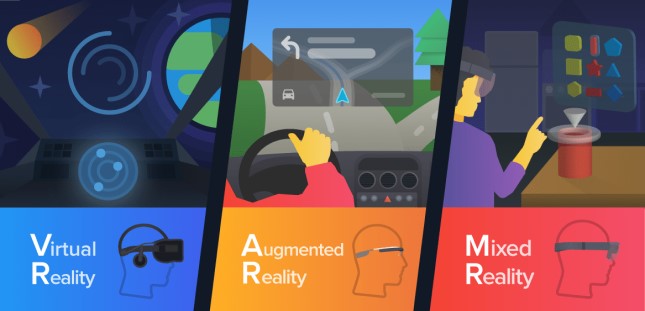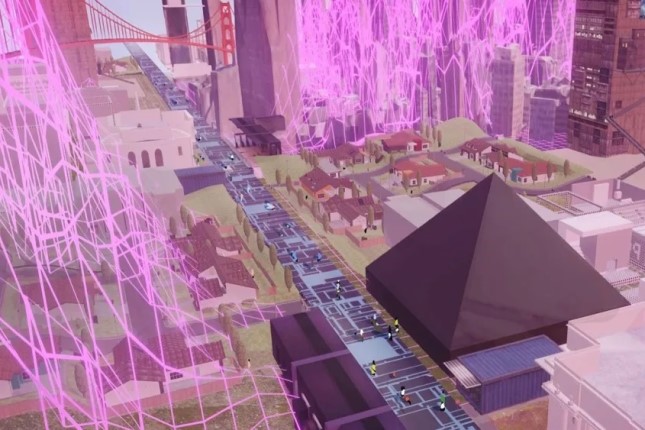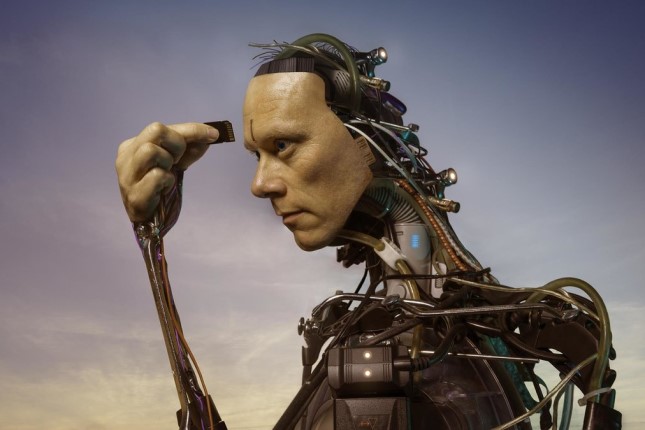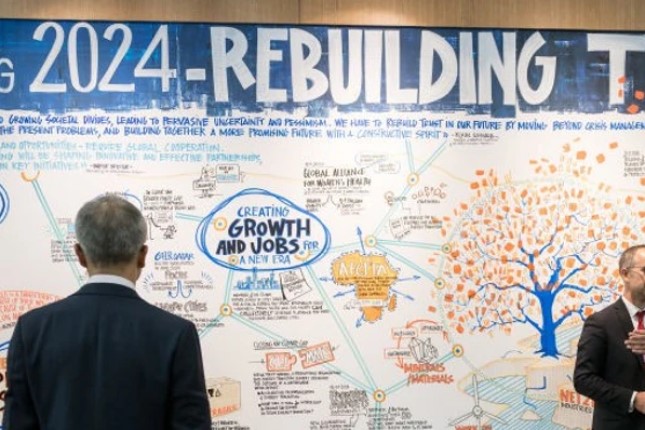Metaverses are the next big step in the evolution of information technologies. The world's leading IT giants are now building virtual worlds that have become second home to colossal numbers of people. Microsoft has bought Activision Blizzard for an eye-popping sum of USD 70 billion in a bid to strengthen its position in the market of multiplayer gaming universes. While Google is rolling out its home-grown Augmented Reality projects, Mark Zuckerberg appears to find metaverses so important that he went as far as rename his Facebook to Meta and intends to develop a full-fledged virtual habitat. Bloomberg estimated that the Metaverse market was worth USD 800 billion as of late 2021.
At this juncture, when it comes to metaverses, they are not just some spaces that one gets to interact with through immersion in virtual reality. Technologies such as AR/VR/MR account for only about 6% of the market, which corresponds to about USD 50 billion. Today's most populated virtual worlds are being accessed by their users through the standard flat screens of their run-of-the-mill computers. These include people playing Fortnite, Minecraft, World of Warcraft, etc. The size of the total market built around multiplayer games, including the hardware needed to play them, is estimated to be around USD 200 billion, with users willing to pay real-world money not only for in-game items such as weapons or gear but also for services, including co-op playing or character advancement. According to JPMorgan, the total size of the in-game economy is estimated to be equal to USD 54 billion.

Going forward, goods and services will be the main driver of growth for more "serious" metaverses, where users, instead of completing quests or killing monsters, will be studying together in college, going to group therapy sessions, attending meetings, or just having a drink together in a bar, all the while using VR glasses and interacting with their environment through an avatar. The most important prerequisite for a successful metaverse as a business venture is its potential for being commercialised. And this is where the prospects are truly breathtaking: imagine owning a whole world of your own where you can sell just about anything!
Speaking about avatars, or users' virtual personae, it should be mentioned that developing one could cost quite a sizeable amount of money, from a customer's standpoint. For example, Berlin's NEXR Technologies uses motion capture to build one. The end result is a user getting his or her exact virtual replica ready to be deployed in a variety of applications and games, as well as to be used for taking part in virtual events. Depending on the quality of one's digital twin, prices may vary significantly, but even the simplest model would set you back upwards of EUR 5,000. These avatars can be uncannily realistic, as more than 12 million concurrent Fortnite players could recently see firsthand when they watched rapper Travis Scott give a live performance in a virtual setting earning him some USD 20 million. Soon after, users were offered a chance to play in the rapper's "skin" if they were lucky and quick enough to buy this skin from the limited-edition collection for only USD 13.

There are other companies that focus on selling facial expressions and gestures. A more-exquisite or smile-inducing wave of a hand might sell for just a few dollars. Their developers will be making money from just their sheer volume of sales, considering that potential demand is huge and the cost to produce is very low. On top of that, avatars will need clothing, and the market for that is growing, too. The likes of Nike, Adidas, Gucci, Louis Vuitton, and many others have each launched their own lines of virtual apparel. The list of available items is expanding at lightning speed. In some cases, they produce models made exclusively for the virtual reality world, while in others, these are just virtual copies of real items of clothing that users may have bought in the past. In late April, Nike sold USD 186,000 worth of "digital" sneakers.
In addition, metaverses have a separate market for the services of designers and architects specialising in creating virtual properties, as well as those of virtual real estate agents. However, so far, it is not entirely clear how this market actually functions. The textbook realtors' "location, location, location" formula commonly used to calculate the price of a piece of property would not quite work in this case, as there can be an infinite number of "apartments" or "houses" at the exact same spot. Realtors from Metaverse Properties may sell real estate in virtual cities, but the number of such cities can also be infinite. Perhaps, in the future, the uniqueness of such virtual sites will eventually be protected by using technologies such as NFT or Blockchain. At the moment, the NFT market is valued at over USD 40 billion.

But these are all fine details that will sort themselves out eventually. On a more global scale, what we are witnessing today is the rise of an entirely new way of interacting with virtual worlds. As technologies continue to evolve, this experience will become progressively less distinct from the true reality and might one day surpass it in terms of the intensity of one's sensory perception. It will all depend on the quality of the VR device one is using. After all, even today, the owners of the latest iPhone and those still in possession of an ancient Nokia get distinctly different experiences out of surfing the net using these devices.
The COVID pandemic that forced billions of people around the globe to stay at home during lockdowns gave a new powerful boost to the development of metaverses. As could be expected, people tried to solve their communication problems, both personal and work-related, by using the tools available to them online, only to discover their critical limitations and shortcomings. Services such as Zoom and Skype, or numerous social networks, turned out to be inadequate substitutes for face-to-face interactions. Despite that, the number of Zoom users grew from 10 million in December 2019 to as many as 200 million in March 2020.
It became apparent that the demand for better-quality socialising is very high. Year on year, the number of depression cases recorded in the US during the pandemic-induced lockdown has tripled. Psychiatrists attributed this dramatic rise to lack of adequate social interactions. At that time, major IT corporations stepped up their efforts to develop products that could offer users a more realistic-looking alternative, such as conferences held in virtual meeting rooms where users' avatars would be sitting at the same virtual table.
In addition, the pandemic has brought to the fore the need to improve the effectiveness of online education. According to psychologists, while teenagers might still be able to more or less absorb educational content via a computer screen, younger students need more active interactions and greater immersion. It is expected that virtual worlds will make this possible in the very near future. Among other things, this could help bring down the cost of college education by dramatically reducing the students' living expenses and universities' property maintenance costs.

In the meantime, IT companies involved in developing metaverses now face an enormous challenge of making the associated experience accessible, convenient and entertaining, so much so that the users would opt to spend increasingly more time in virtual reality than the real world. To make this happen, they will have to infuse their metaverses with numerous services, games, and other ways to provide users with an enjoyable experience. And, based on prior experience, this is hardly something that even such IT giants as Meta or Google are able to pull off on their own, nor would they have to.
In the near future, companies currently developing their virtual worlds in isolation from one another will probably come to a point where they will either decide to merge these worlds altogether or allow avatars and items to move across them. Figuratively speaking, a user who has just finished playing Minecraft would be able to use his or her own character to take part in talks held in Meta's virtual world and then stop at a bar to grab a drink with his or her colleagues in a Google's metaverse. Economically speaking, this kind of cooperation would be beneficial to all parties concerned: according to an optimistic forecast, by 2030, the Metaverse market will be worth USD 5 trillion, with the value of all virtual goods sold on the market exceeding USD 500 billion.






























